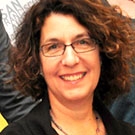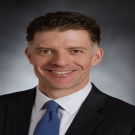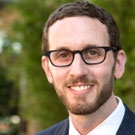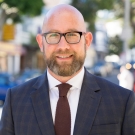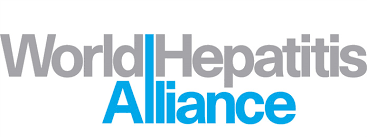Mayor's Message

“Over the past three decades, San Francisco has made significant progress toward reducing the number of new HIV infections each year, and improving the available services for people living with HIV. We also know that some segments of our population still suffer disproportionately high rates of HIV infections. As Mayor, I remain committed to our goal of Getting to Zero, which will take hard work.”
London Breed
Mayor of San Francisco



